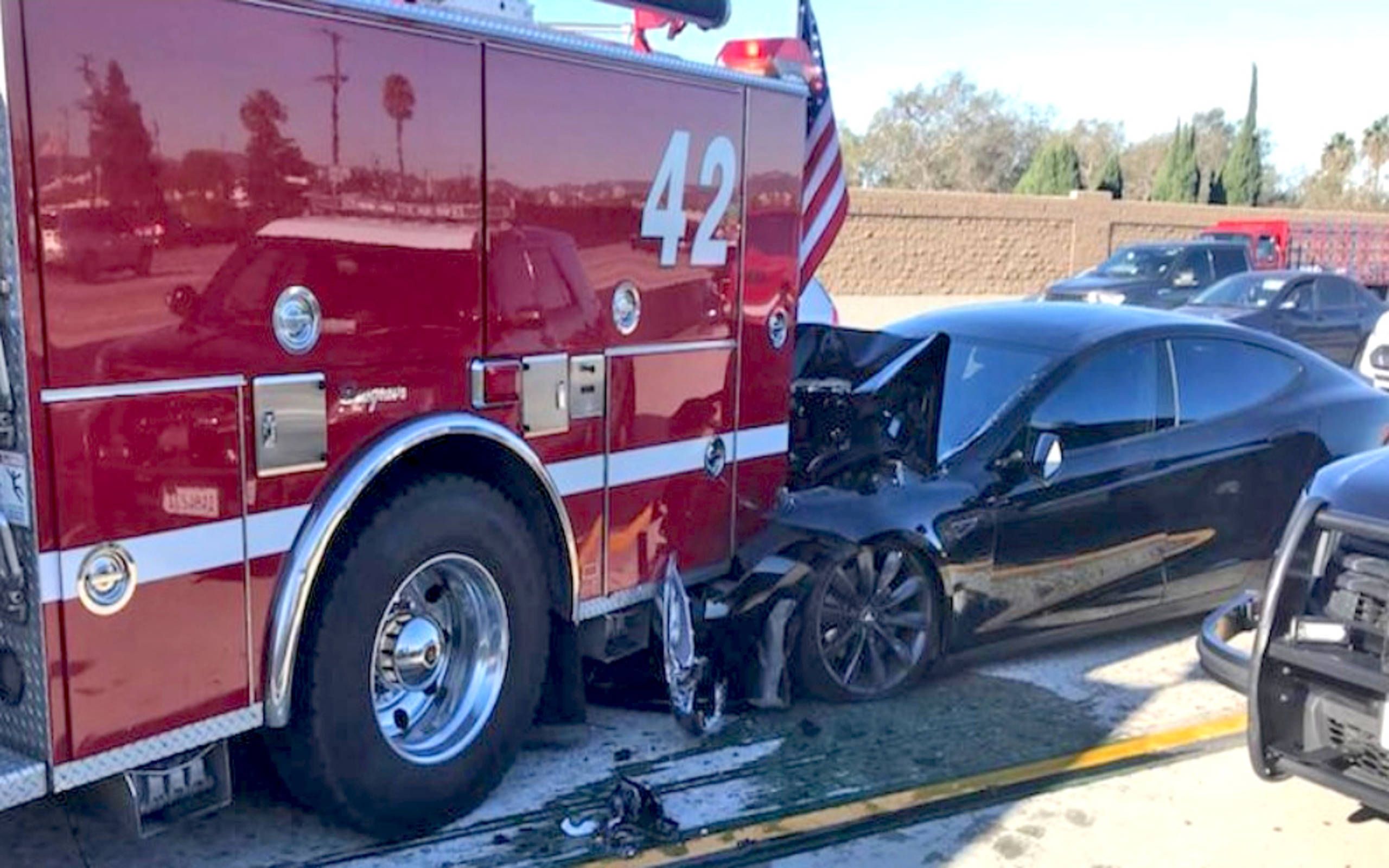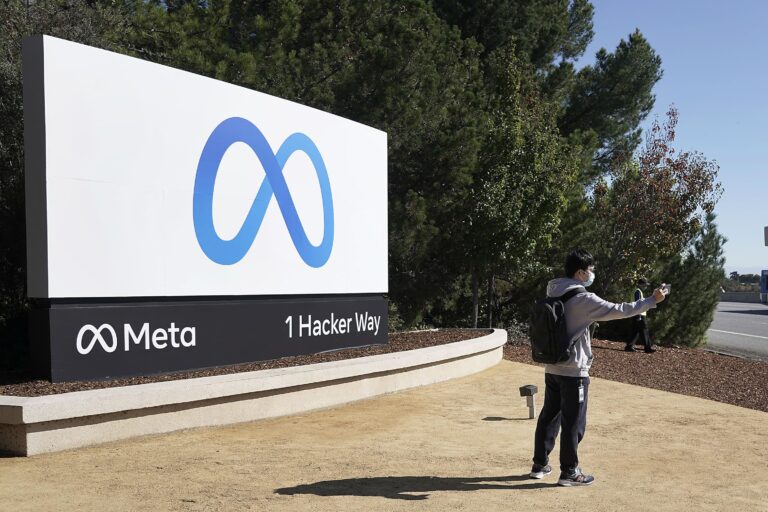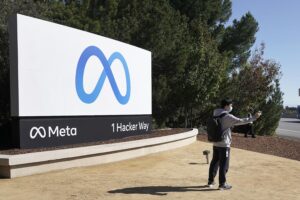Musk’s effervescence may now have consequences.
- It appears that crashing into emergency vehicles is one mistake too far for the NHTSA which is now investigating (to be followed by Congress) the cause of these crashes and I suspect that it will conclude that Autopilot falls far short of the hype and take corrective action.
- Tesla’s Autopilot is controversial because it only uses cameras (rather than a combination of sensors) and because Elon Musk claims that it is the best thing since sliced bread and better than what everyone else has.
- RFM research has long disputed this claim and assessed Tesla Autopilot as below average for three reasons:
- First, data: There is no public data available for Tesla’s Autopilot because it does not test in California making it difficult to compare it against its peers.
- However, RFM was able to gain access to some data 2 years ago that put Tesla in the bottom half of the autonomous driving pack.
- This data indicated that compared to the leader, Waymo, Tesla Autopilot disengaged 1,500x more frequently in 2019.
- This data is obviously quite old, and things have moved on but there is no anecdotal data whatsoever to support the idea that it has moved up the rankings.
- If anything, the videos and photographs of Tesla’s making horrible perception mistakes are more frequent now than they were then.
- Second, AI: Elon Musk subscribes to what RFM calls the brute force approach to AI.
- This is the same approach taken by OpenAI (Which Musk co-founded) which believes that with enough data, enough compute power, and a big enough neural network the right answer will simply pop out at the end.
- This is why Tesla makes such a fuss about all of the data that it is collecting from its cars and in that regard, it certainly has far more data than anyone else.
- The problem is that the AI that is touted as super-intelligent is nothing more than a sophisticated statistical matching system that can make predictions based on the history it has seen before.
- This means that for tasks where the environment is finite and stable, AI can sometimes outperform humans, but the road is neither of these things which is why Tesla is having such difficulty in getting it to work properly.
- Third, sensors: Tesla refuses to use lidar in its solution calling it a “crutch” to support inferior machine vision systems.
- There are good reasons to avoid using Lidar as it makes the system so expensive that no consumer will ever pay for it but there are plenty of solutions being developed that will greatly reduce the cost to deploy lidar.
- However, the state of AI today demands that the lidar “crutch” be used in order to reduce the uncertainty of the data produced from cameras and improve the accuracy of machine vision.
- There will come a time when cameras on their own are enough but by that time I expected that lidar will have become so cheap that everyone will just deploy it anyway.
- This is why I think that pursuing a camera-only solution will mean getting to market long after everyone else.
- This is a death sentence for a robotaxi business which is likely to be a first-mover market, and in my mind, further undermines the bull case on Tesla.
- Even Mobileye, one of the leaders in machine vision uses lidar in its systems to help reduce the error rate of its cameras.
- The net result is that Elon Musk appears to have written cheques that his vehicles are unable to cash, and I suspect that Tesla may receive a censure of some description from the regulator or the US Government.
- The irony is that this news crushed the nascent lidar sector which consists of a group of SPACed companies who are all working on reducing the cost of lidar to make it cost-effective to deploy.
- I presume that this investigation is seen by the market as a delay to autonomous driving and therefore demand for lidar.
- In fact, the exact opposite is true, as to me, this is an endorsement of lidar and should actually increase demand not reduce it.
- However, as has become so common in this fickle market, the baby gets thrown out with the bathwater creating an opportunity for contrarian investors.
- Even with a heavy sell-off, there remain valuation issues as these things have all listed at $1bn+ despite being at a very early stage of revenue generation.
- However, if one believes that lidar will become crucial to machine autonomy, this is a sector to look at where Ouster and Innoviz are two I would pay some attention to.
- I don’t own either of them at the moment.










Blog Comments
David Shapiro
August 25, 2021 at 1:18 am
Excellent article. My research has concluded that lidar is the way to go and that Innoviz is ahead of the pack now with the best technology at a very reasonable price.
RICHARD WINDSOR
August 25, 2021 at 9:20 am
many thanks….. yes I am keeping a close eye on that one.